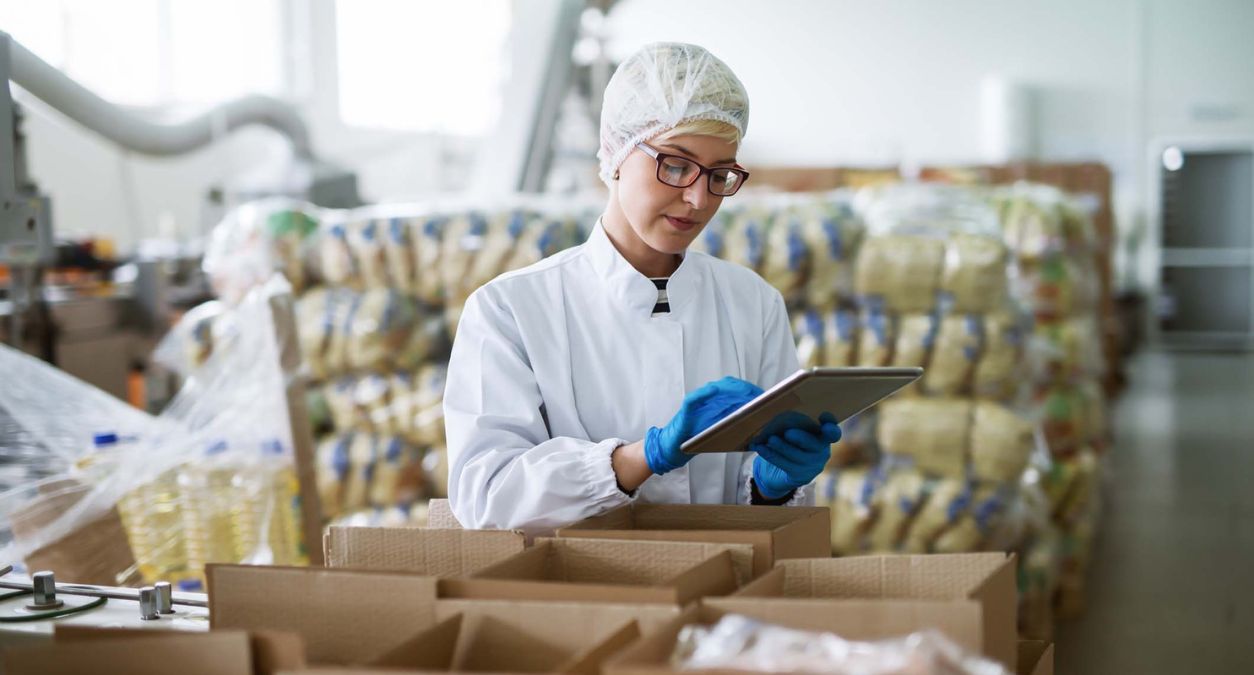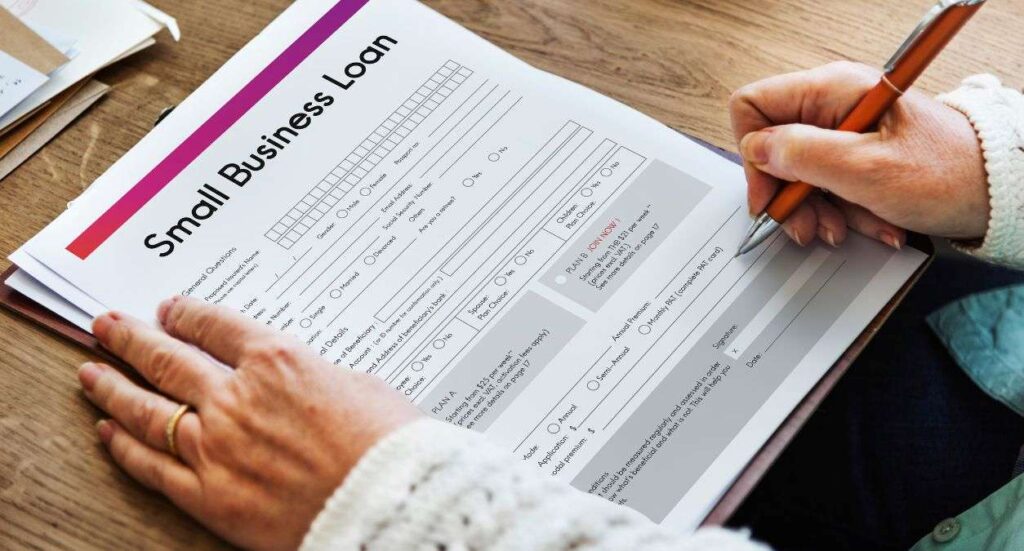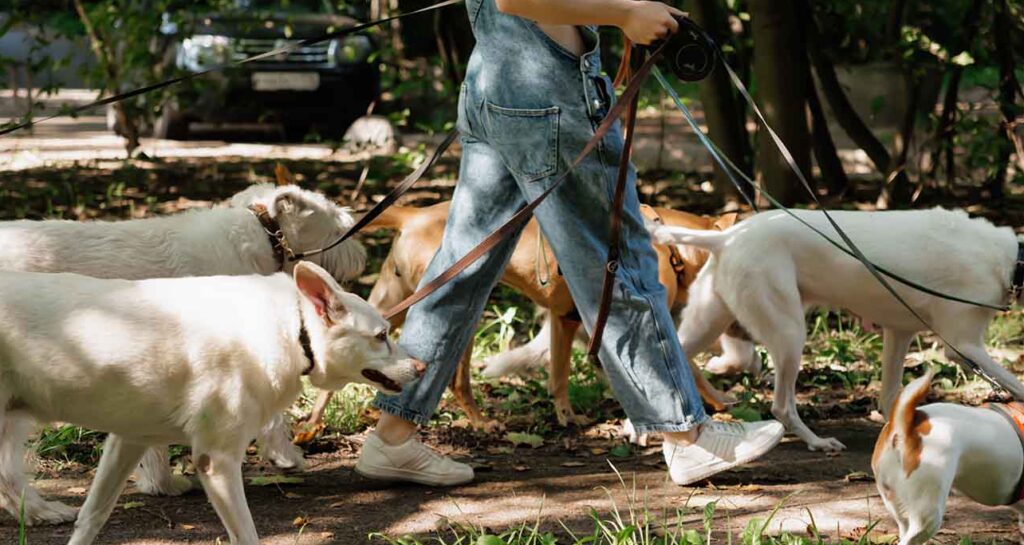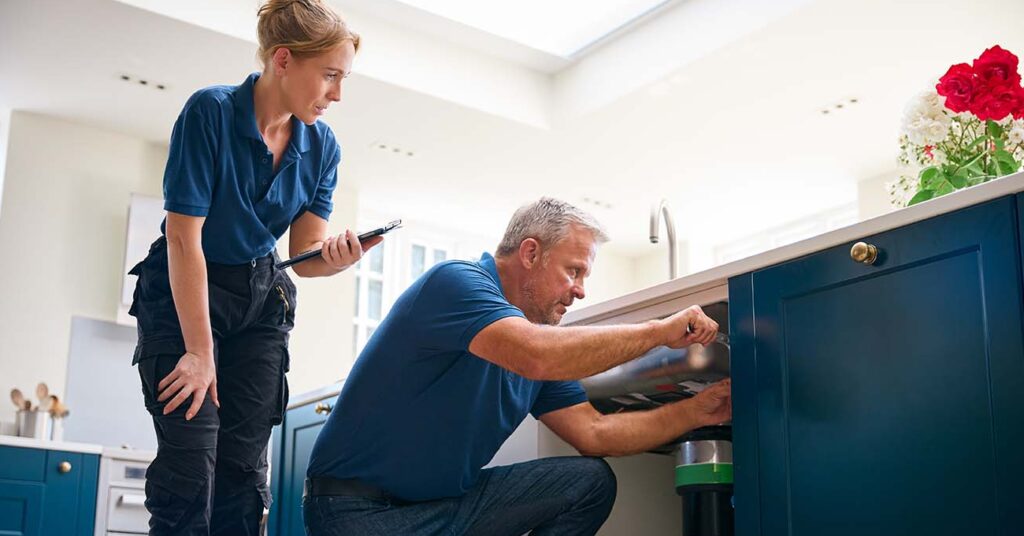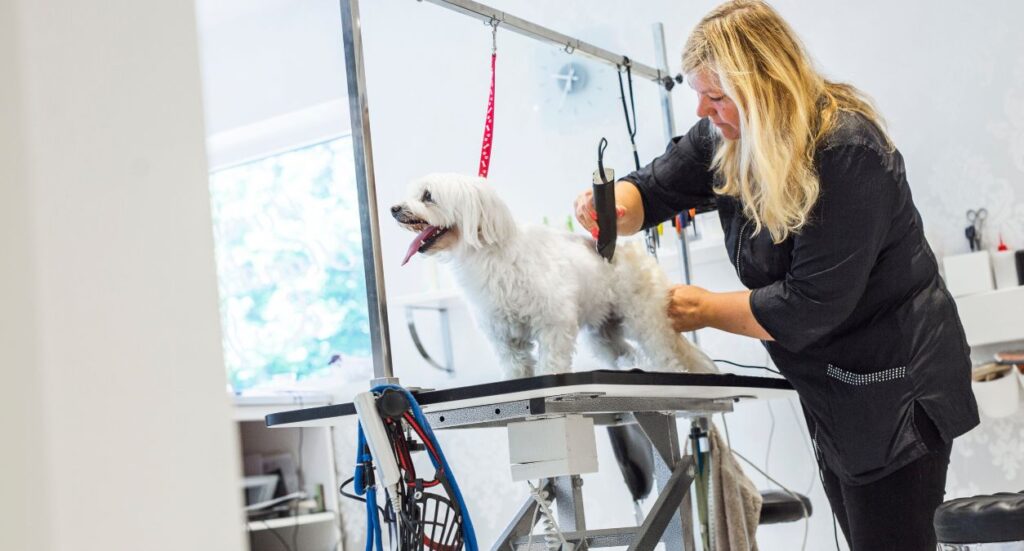Contributors
My main focus is managing the blog and product content for the Protectivity website ensuring everything aligns wi...
The UK Food Hygiene Rating System (FHRS) is a valuable tool for both consumers and food businesses, created by the Food Standards Agency (FSA). It promotes transparency, encourages food safety compliance, and helps people make informed decisions about where to eat or purchase food. Businesses have to maintain high standards to achieve and retain a 5-star rating, which is the ultimate mark of excellence in food hygiene and safety.
If you’re wondering how to get a 5-star food hygiene rating, look no further. Here are some tips and advice to help you achieve and sustain a high rating.
What does a 5-star hygiene rating mean?
A 5-star hygiene rating is the highest possible rating a catering business can achieve under the FHRS. Here’s what it means for catering businesses in the UK.
Excellent food hygiene and safety
A 5-star rating indicates that the catering business has demonstrated very good food hygiene and safety standards during a thorough inspection, conducted by local authority environmental health officers. It is a clear sign that the establishment has done as much as possible to provide safe and hygienic food to its customers, in a clean environment.
Full compliance with food safety regulations
Businesses with a 5-star rating have shown full compliance with food safety regulations and best practices. This includes maintaining high standards in food handling, preparation, storage, and serving, as well as the cleanliness and maintenance of the premises.
Strong management of food safety
Achieving a 5-star rating reflects a high level of competence and confidence in the management of food safety within the business. This includes proper record-keeping, staff training, and a commitment to maintaining rigorous food safety practices.
Reduced health risks
For customers, a 5-star rating offers reassurance that your catering business poses minimal health risks. Foodborne illnesses and other food-related health issues are less likely to occur in food outlets with such a high rating.
Increased customer trust
A 5-star rating is a powerful marketing tool, as it can build trust and confidence among potential customers. It demonstrates that your business takes food safety seriously and values people’s wellbeing.
A competitive advantage
In a highly competitive market, a 5-star rating sets your catering business apart from competitors. It can attract more customers, boost repeat business, and enhance your professional reputation.
Compliance with the law
Displaying a 5-star rating is not just a matter of prestige; it’s a legal requirement in England and Northern Ireland. Businesses are obliged to display their ratings prominently, making them clearly visible and accessible to the public. If you’re awarded a rating in the highest end of the scale, you are doing everything possible to follow the law.
There is a slight difference for online food businesses, who still have to comply with legal regulations but aren’t obliged to display their ratings.
Continuous commitment
Maintaining a 5-star rating is an ongoing commitment, so you can’t rest on your laurels. Inspections will take place as frequently as every six months for some businesses deemed high-risk; they could be every few years for others. Businesses must therefore consistently adhere to high food hygiene and safety standards, as ratings can change with subsequent inspections.
Even if you are inspected less regularly, you will still want to do everything possible to keep customers happy and of course, avoid being reported to authorities for low hygiene standards or health incidents. Regular self-audits, staff training, and vigilant management are necessary to sustain this top rating.
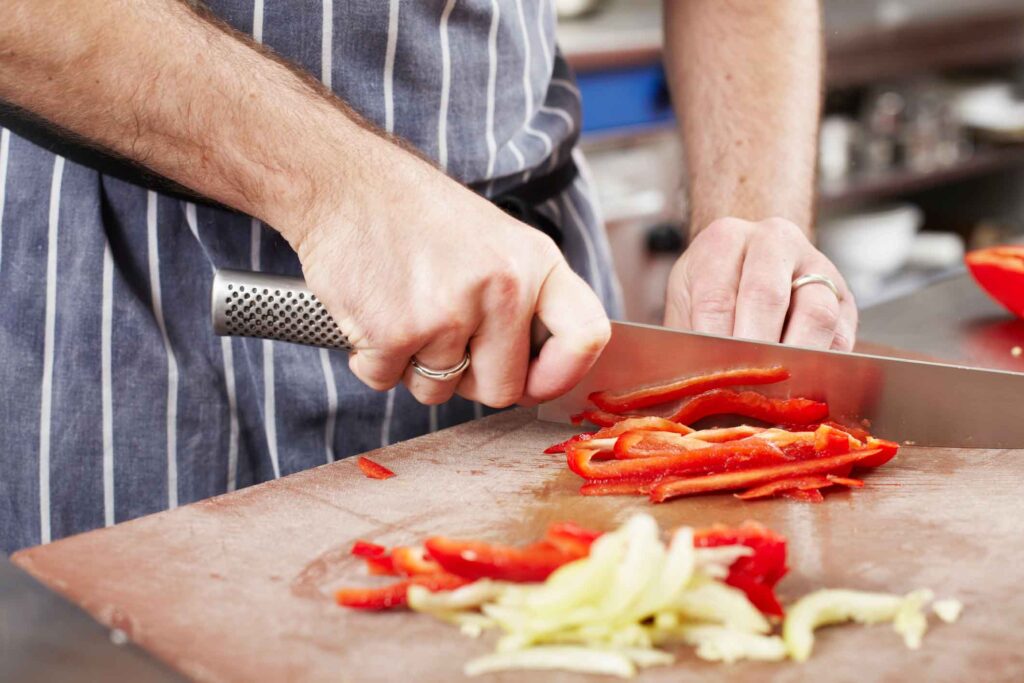
Understanding the system and processes
Familiarise yourself with the food hygiene rating system, so that you know what you need to do to create a healthy business that also has the best chance of a healthy bottom line. Here’s some key information about the FHRS requirements and how the process works.
Who is rated
The FHRS scheme covers various types of food businesses, including restaurants, cafes, takeaways, pubs, food retailers, and more. It applies to businesses in England, Wales, and Northern Ireland. Scotland has a similar scheme called the Food Hygiene Information Scheme (FHIS).
The rating scale
The FHRS uses a scale from 0 to 5, with 5 being the highest rating (very good) and 0 being the lowest (urgent improvement necessary). The ratings are based on the following criteria:
Hygiene standards
Structural compliance (cleanliness, layout, lighting, and ventilation)
Confidence in management (record-keeping, training, and management of food safety)
Inspection process
Local authority environmental health officers conduct inspections of food businesses to assess their compliance with food safety regulations. These inspections are unannounced, and the frequency may vary depending on the type of business, its history, and the perceived level of risk.
Displaying ratings
Food businesses in England and Northern Ireland, with physical premises, are required by law to display their FHRS rating prominently, such as on windows or doors, and at their entry points. In Wales, it is encouraged but not mandatory.
Appeals and re-inspections
If a business disagrees with its rating, it has the right to appeal the decision. Additionally, food businesses that receive a low rating can request a re-inspection after making necessary improvements. Re-inspections allow for the possibility of a better rating.
Access to ratings
Consumers can easily access food hygiene ratings online or through mobile apps, making it convenient to check the rating of a food establishment before dining or buying food. The ratings are also available on the official Food Standards Agency (FSA) website.
Improvement notices and closures
In cases where a business is rated very poorly (0 or 1), local authorities may issue improvement notices or, in extreme cases, close the business if there is an imminent risk to public health. The business can only reopen after addressing the issues identified during the inspection.
Does it cost to get a food hygiene rating?
There is no direct cost associated with receiving a Food Hygiene Rating as part of the Food Hygiene Rating Scheme (FHRS). Local authorities carry out inspections and issue ratings to food businesses as part of their statutory responsibilities for food safety. These inspections are typically funded by local government budgets and taxpayers’ money.
It is intended to be a transparent and objective assessment of the establishment’s food safety practices, made available to the public to inform their dining choices. However, investing in food safety and hygiene practices is an essential part of running a responsible and reputable food business.
Additionally, there are some potential indirect costs that a food business may incur as part of the process of getting a good food hygiene rating:
- Staff training – Food businesses may need to invest in staff training to ensure that employees are knowledgeable about food safety and hygiene practices. While this is not a direct cost associated with the rating itself, it is an essential part of maintaining a good rating.
- Improvement costs – If your food business receives a low rating (e.g., 0 or 1) and you want to improve it, you may need to invest in necessary improvements to meet food safety standards. These costs can include repairs, equipment upgrades, or changes in procedures.
- Re-inspection costs – After making improvements following a low rating, businesses can request a re-inspection to potentially improve the rating. While this is not a direct fee, there may be costs associated with implementing changes and preparing for the re-inspection.
- Training materials – You may choose to purchase food safety training materials for your business, or hire trainers to help educate your staff.
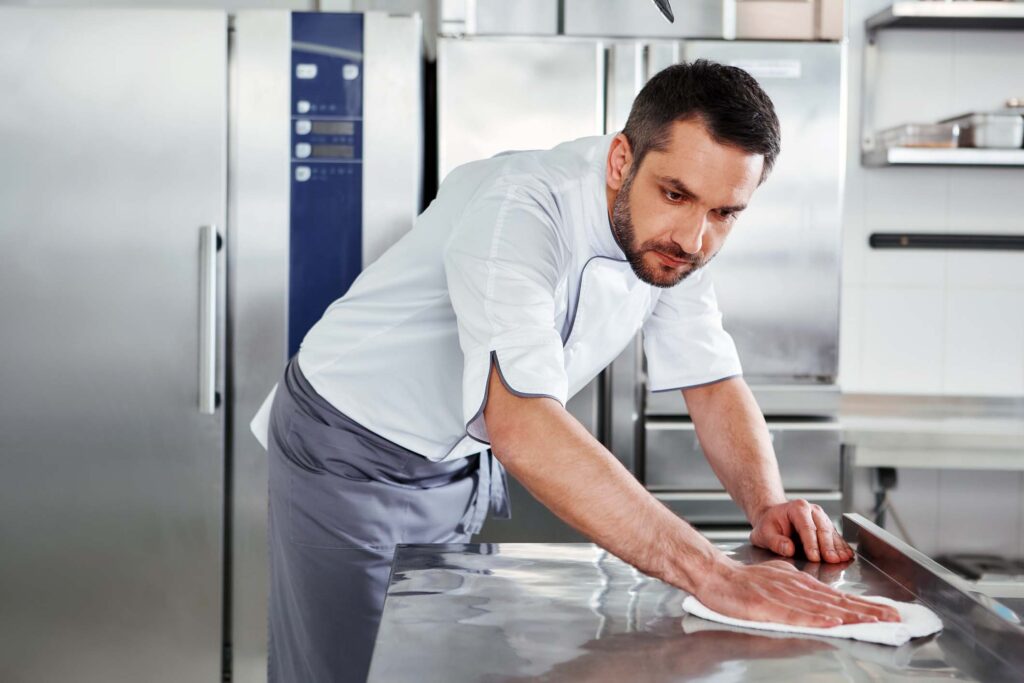
How to get a 5-star food hygiene rating
Getting and maintaining a 5-star food hygiene rating is essential for protecting both your customers and your company’s success. Being awarded this rating is an ongoing process requiring dedication, attention to detail, and a strong commitment to food safety. It’s not about reaching an end goal and then relaxing. You’ll have to regularly review and update your practices throughout the life of your business, ensuring the safety and satisfaction of your customers.
Here are the general steps you’ll need to take.
Here are the general steps you’ll need to take.
The quality and uniqueness of your crafts play a significant role in your success. Customers will pay more for well-made, unique, and attractive items, so make your products stand out in terms of design and craftsmanship.
Training and education
When it comes to how to get a food hygiene rating you’re proud of, education is vital. It’s not just you who’ll need to be aware of the system’s requirements, but your team too. Ensure that all your staff members receive appropriate food safety training and certification. This includes knowledge of food hygiene, food handling, and the safe preparation of food. Regularly update and refresh this training to stay current with best practices.
Implement a food safety management system
Develop and maintain a robust food safety management system based on Hazard Analysis and Critical Control Points (HACCP) principles. This system, called an HACCP plan, should identify potential hazards and establish control measures to mitigate them.
Here’s an overview of the steps you’ll need to take in an HACCP plan:
- Clearly define your offering and its intended use, with any specific characteristics that may impact food safety.
- Address biological, chemical, and physical risks.
- Determine critical control points (CCPs), which are points in the process where control can be applied to prevent, eliminate, or reduce a hazard to an acceptable level.
- Set specific limits to control hazards effectively.
- Establish monitoring procedures to ensure compliance with critical limits and define corrective actions for deviations.
- Implement thorough verification processes, maintaining meticulous records.
- Regularly review and update the HACCP plan, and provide comprehensive training for all employees involved.
Maintain a clean and organised kitchen
Keep your kitchen and food preparation areas clean and well-organised. Regularly clean and sanitise all surfaces, equipment, and utensils. Use colour-coded equipment to prevent cross-contamination.
Personal hygiene
Enforce strict personal hygiene practices for your staff, including proper handwashing, wearing clean uniforms, using gloves when necessary, and not working when ill. Make sure employees know the importance of reporting illnesses.
Temperature control
Monitor and maintain proper temperature controls for food storage, preparation, and cooking. Regularly check and record temperatures, and discard any food that has been stored or cooked at incorrect temperatures.
Food labelling and storage
Ensure that all food items are labelled with their use-by or best-before dates. Store food items correctly to prevent cross-contamination, and arrange items in a way that allows for proper air circulation in refrigerators and freezers.
Allergen awareness
Be diligent in identifying and managing allergens in your menu items. Make sure your team is knowledgeable about allergens and can communicate them to customers accurately.
Pest control
Establish a pest control program to prevent and address any infestations. Regularly inspect your premises for signs of pests and take immediate action to resolve any issues.
Documenting and record-keeping
Maintain comprehensive records of your food safety practices, including temperature logs, cleaning schedules, staff training, and any incidents. This documentation can demonstrate your commitment to food safety during inspections.
Regular inspections and self-audits
Conduct regular self-audits and inspections to identify and correct any potential issues before an official inspection. Address any shortcomings immediately.
Continuous improvement
You’ll need to stay updated with food safety regulations and best practices. Consistently improve your food safety procedures, adapting to changing circumstances and customer demands.
Seek professional advice
Consider consulting with food safety experts or organisations that specialise in food safety and hygiene, for professional guidance and support that will be valuable to your success.
Get catering insurance with Protectivity
Protecting your business isn’t just about how to get a hygiene certificate. Beyond the five-star ratings, you can do even more to preserve the life of your company by taking out a suitable catering insurance policy.
Protectivity’s catering insurance is a specialist product designed to give you a range of options suited to your business needs. Our Public Liability cover will protect you against claims that may be brought against you, from accidental injury or damage to clients and belongings. You can also select Employers’ Liability Insurance, which will cover you up to the amount of £10m in compensation if your employees are injured while working. In addition, our Products Liability Insurance gives you protection against claims arising from third-party products or goods.
Read more about our catering insurance and get an online quote in minutes.
Get Catering Insurance from Protectivity
*Disclaimer – This blog has been created as general information and should not be taken as advice. Make sure you have the correct level of insurance for your requirements and always review policy documentation. Information is factually accurate at the time of publishing but may have become out of date.
Last updated by




